The Future of VR for the Music Industry: A More Immersive Experience for Fans
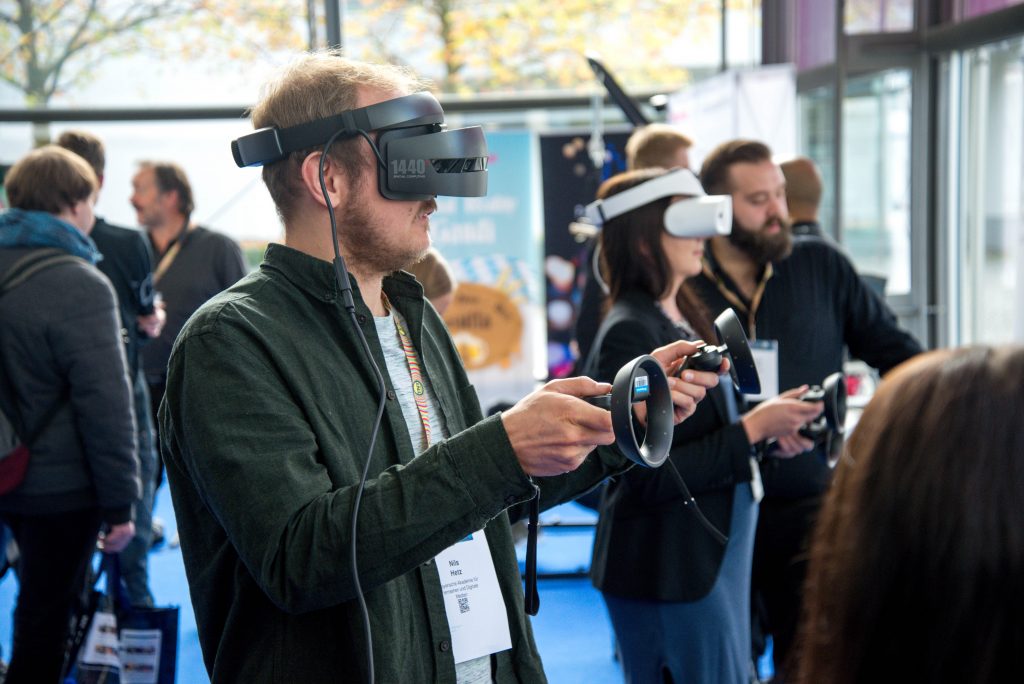
VR for the music industry is gradually becoming one of the most potential entertainment tools. Especially during the pandemic, virtual reality (VR) is being applied more because people can not attend concerts or music festivals in person.
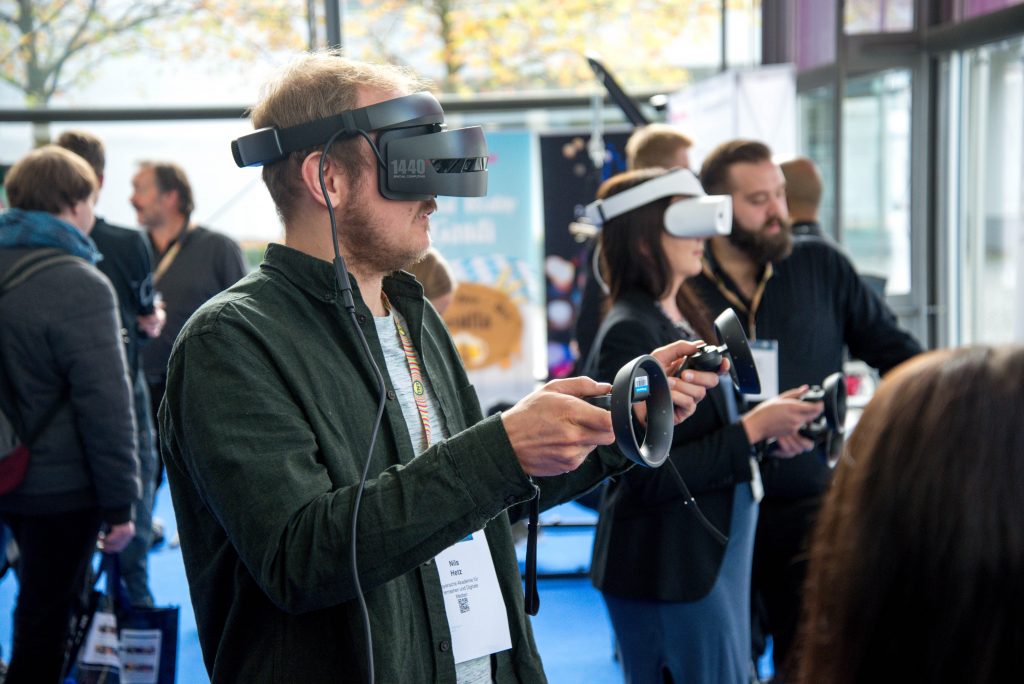
A Quick Introduction to VR
Virtual reality is a technology that lets you see a three-dimensional image or environment in a seemingly real or physical way. All you need are a headset and a customized video to be seen in a VR environment. In other words, Virtual reality is a technology where the creators bring the real world inside your electronic device, enable you to experience the things that are hard to happen in person, or make you feel like you are inside a fictional, unreal story (e.g., playing video games, watching 3-D films).
How is VR Linked to the Music Industry?
With all its features, VR is a perfect fit for the entertainment industry because it brings the audiences’ experience to another level — where we don’t just listen to it, watch it, read it, but actually feel like we are in it.

As we all know, the music industry is not just about producing good songs then selling them. We produce songs, promote them, visualize them by music videos, introduce the artists through them or apply them as a theme song into video games and movies.
Thus, music is not just about producing records but telling immersive stories.
With that being said, there are countless ways to apply VR into creating “music experiences” and music promotion because of its impact on helping to stress the song’s impression.
Have You Seen Any Music Artists That Are Actually Using VR?
To be honest, VR is not a totally new technology, but VR for the music industry is still something uncommon. Nowadays, music artists have already started to use it in organizing virtual concerts or creatively promoting music. For example:
- Billie Eilish performed in VR using the Oculus Venues app on Oculus Quest.
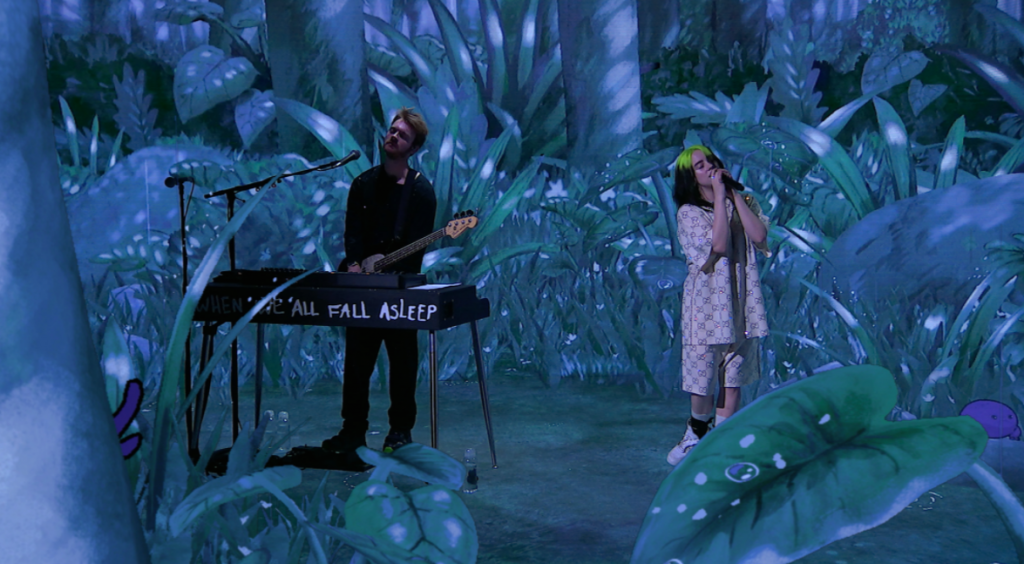
- John Legend hosted a live VR performance which was live-streamed around the world.
VR for Enhancing the Music Experience
VR enhances music from just records to a whole new entertainment experience. Therefore, it is super helpful when it comes to music promotion. These are a few ways that other artists apply it to promote themselves.
VR Music Video
Music videos play a huge role in music promotion because they help to visualize and tell the story of a song. By saying that, making a music video in VR form will make a huge boost to music storytelling, making it more realistic than ever.
One of the artists that are applying VR music video into music promotion is Wevr. In the music video, they used multiple interactive storytelling techniques to make the music more immersive. The director, Taylor Hurd, addressed this as an approach to make audiences “feel the song” because of how vibrant the animation and the color. For him, VR is more like something that is effectively used to invoke emotion rather than telling a story:
“I hear so many people talking about VR as the future of storytelling and asking all these questions about how we can communicate plot points relating to traditional film. I guess I’m not really that interested in telling elaborate stories with VR. I’m more interested in experimenting with new ways to make people feel.”
Another music artist that applies VR music video into the majority of his music is Marshmello. He transforms his music visualization from flat videos to 360° videos. One of them is for the song Down:
Musical VR Games and Apps
The environment of virtual reality is a perfect place for audiences to help not just an immersive, but also an interactive experience. Nowadays, people started to integrate music into VR games or create games that allow players to interact with music.
An example is the game *Electro-beats* by Oculus, where the users play music by using their heads to control.
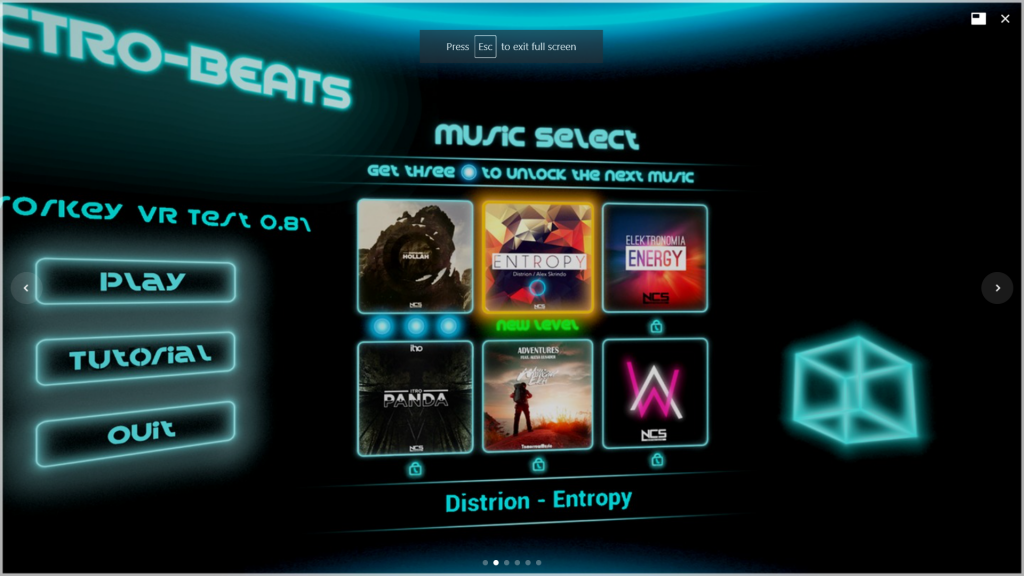
VR for Music Concerts
So far, this is one of the most potential applications of VR. Nowadays, we have seen virtual concerts through streaming services such as YouTube. However, in this case, the artist brings a whole concert into a VR experience. This makes music concerts much more accessible for many audiences.
And in the covid-19 time, when the total revenue of the majority of artists has been decreasing due to unable to do concerts in person, virtual concerts become the game-changer. And as we can see, a normal virtual concert through streaming absolutely can not bring an experience as exciting as how it is in person. So by saying that, VR concerts are an optimal solution for this.
You may be wondering that VR is not inexpensive, so only big artists can access that. But in reality, VR is being used more and more by new and smaller artists.
An example is when Lindsey Stirling performed a virtual concert using the app Wave:
Information About Companies and Events That Can Help Artists Come Closer to VR
So far, VR is still new in the music industry. Applying VR into creating a music experience is still challenging for a limited budget, so how can new artists utilize it?
As a new artist, we know that you may have countless questions about this: Where can I stream a VR concert? Which places should I reach out to find help? I need a few examples of how people do this! Is there any technology that can make my VR plan come true?
Well, we know that this may be exciting but also unfamiliar, so these are a few places for you to research more.
Pagoni
Pagoni is a company that provides immersive video production services.
In Pagoni, they provide support with a team and equipment for video production, video editing, and also software developers to help with coding for VR projects.
Oculus Venues
Oculus Venues is a platform where artists stream music concerts, built by Oculus. In this platform, the fans not only are able to watch the concert immersively through a VR headset but also can socialize with other audiences before, during, and after the show. This is because Oculus provides the users a set of various features including emoji expressions, confetti rain, fist bumps, high fives, and the ability to take photos and selfies. You can also send your friends an invite to join an event.
Wave
Wave is another platform that allows artists and audiences to join live, interactive and immersive shows like Oculus Venues. However, Wave seems to be more accessible since you can stream it on mainstream platforms, such as YouTube, Twitter, Twitch, TikTok, Facebook, and Roblox.
An example of an indie artist that uses this platform is Alison Wonderland when she launched the digital show “Wonderverse”:
Echo3D
Echo3D is a cloud platform that provides tools and network infrastructure to help developers & companies quickly build and deploy 3D games, apps, and content. In other words, this platform help creators to create their own VR content without needing too much help from professional programmers.
MelodyVR
This is another app that allows fans to stream VR concerts. However, what makes MelodyVR special is that this platform enables us to watch immersive shows both on a VR headset and on our phones.
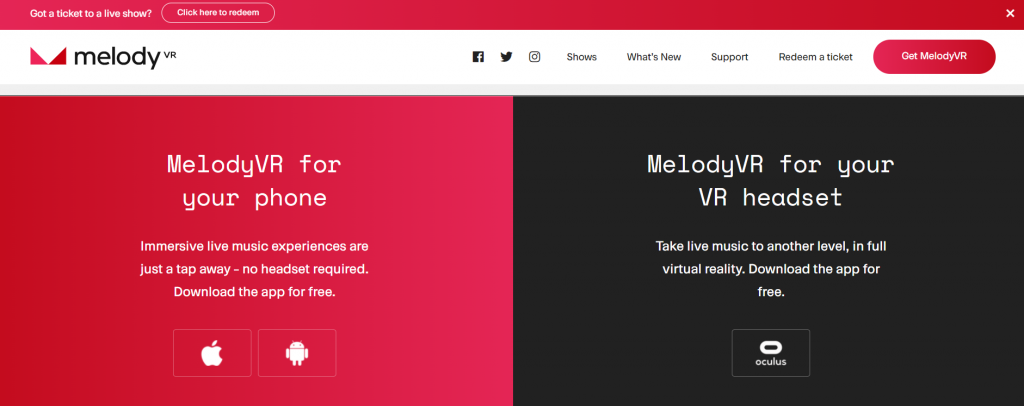
Moment Factory
Moment Factory is a company that helps with building VR/AR concerts and other immersive experiences. One of their prominent projects is when they collaborated with Billie Eilish in building the visual for her concert: WHERE DO WE GO? THE LIVESTREAM.
Conclusion
Undeniably, one of the top problems of VR is it seems to be less accessible and more expensive than other common entertainment technologies. Still, as the industry grows and new applications appear, VR, especially VR for the music industry is gradually becoming the medium of the future. Here, the development of VR here indicates a critical shift in media consumption, where the technology allows us from consuming content passively to interactively and immersively.
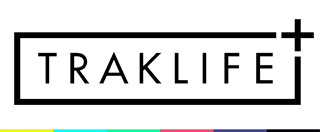
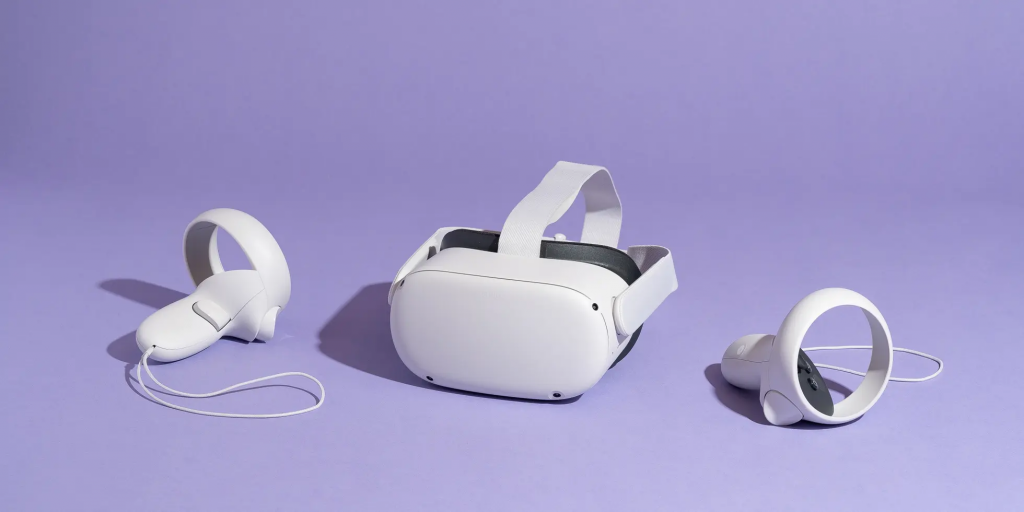
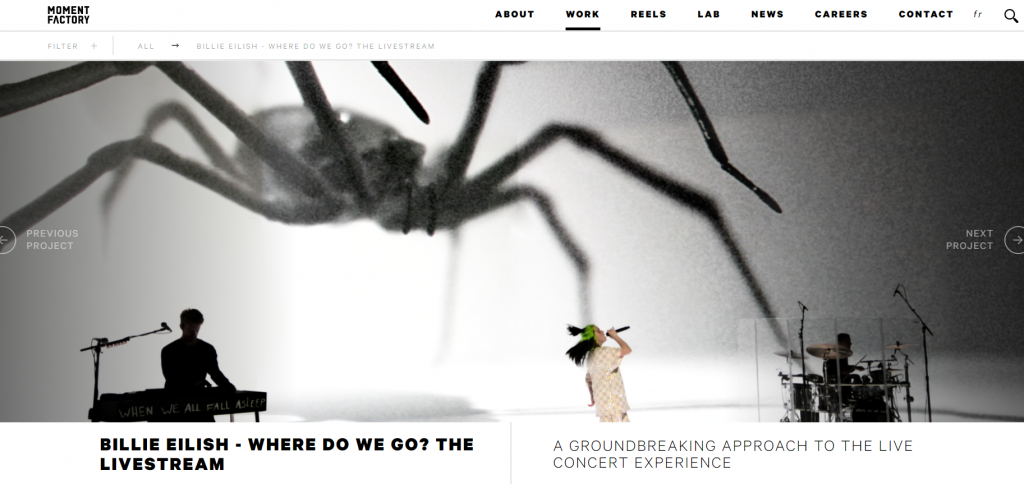
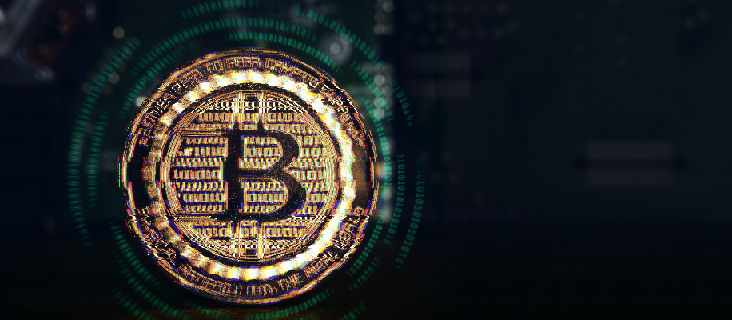

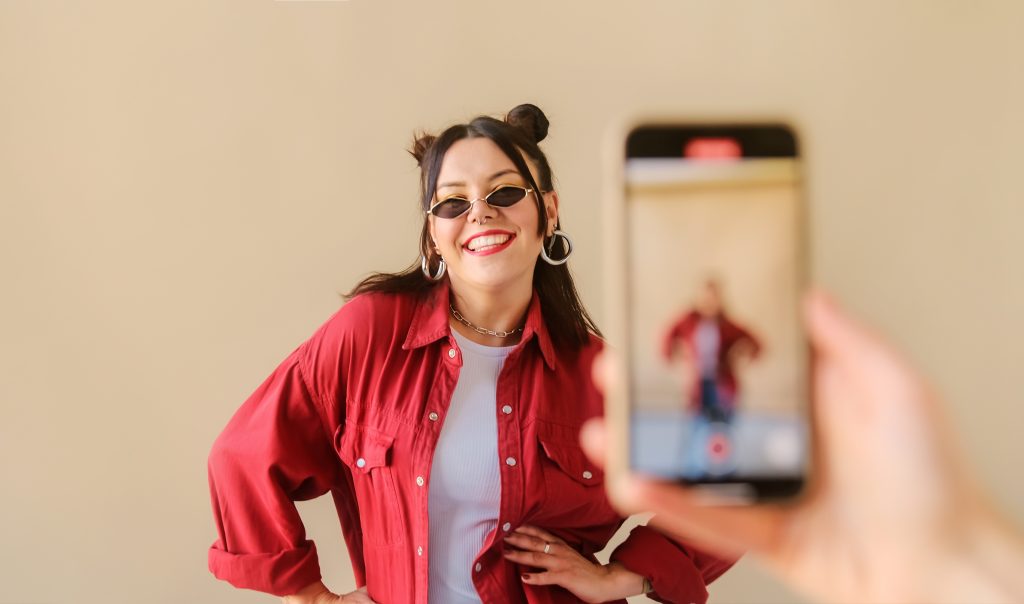
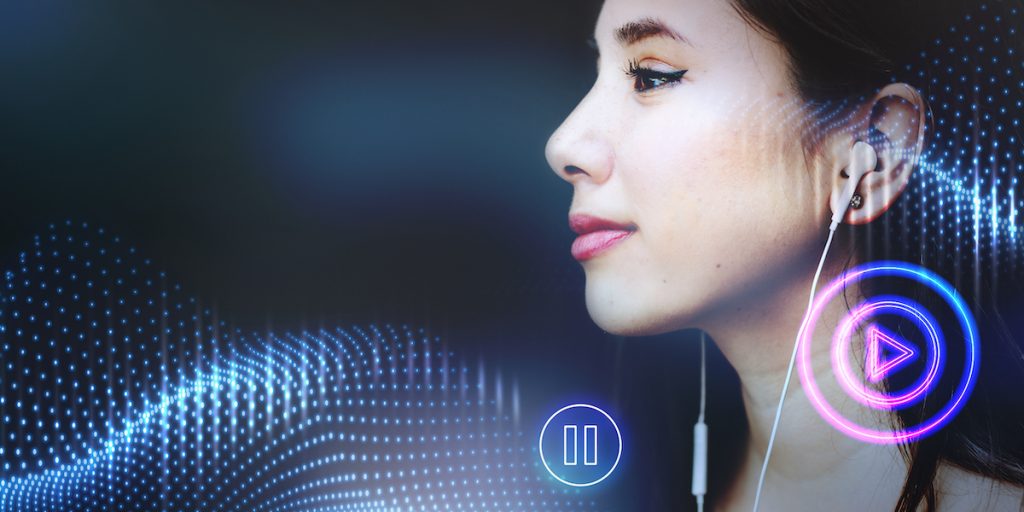
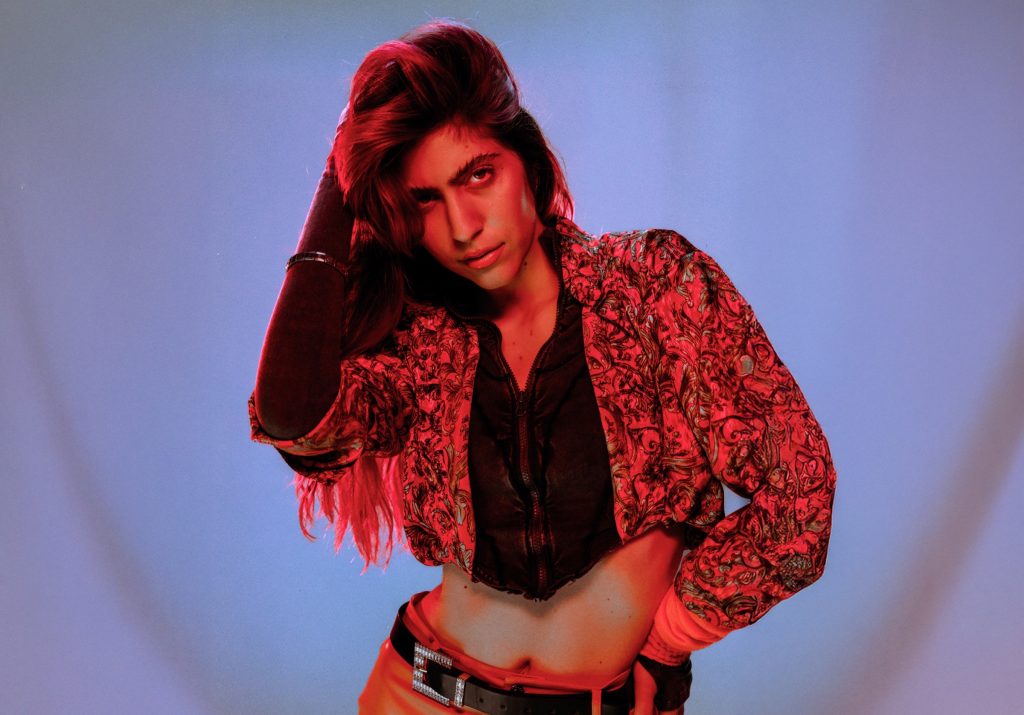
Responses